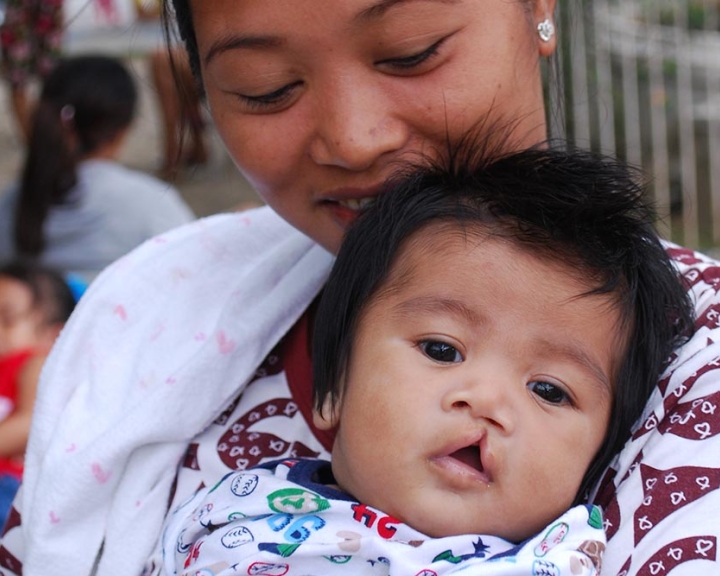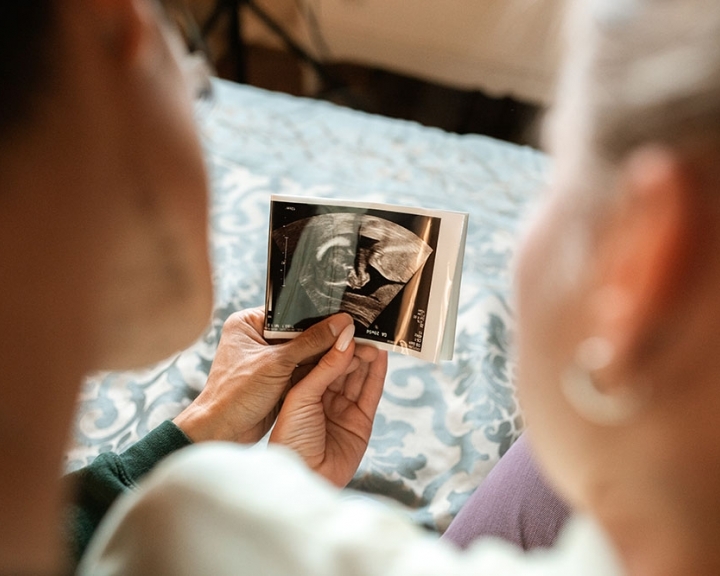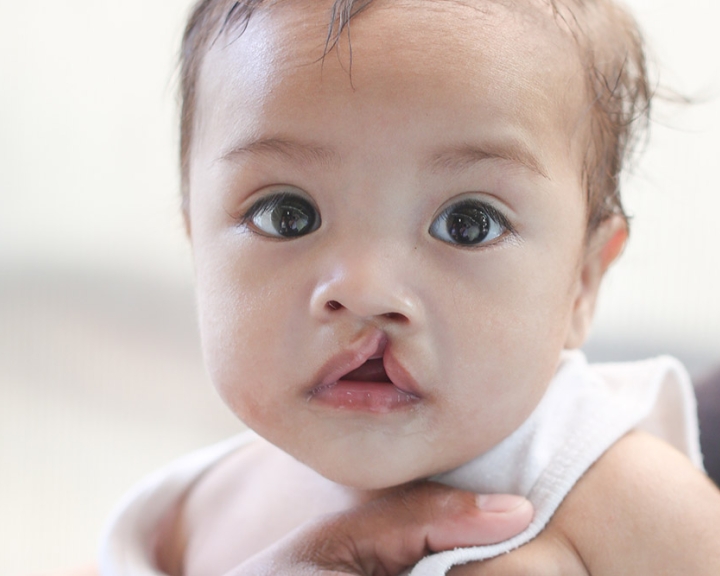Diagnosis: Understanding Cleft


What Are Clefts?
Clefts occur when certain body parts and structures do not fuse together during early fetal development. Clefts can involve the lip and/or the roof of the mouth. Clefts can be unilateral, involving only one side of the mouth and face, or bilateral, involving both sides. Clefts are one of the most common birth differences on earth, and globally, an estimated 1 in every 700 newborns has a cleft lip and/or palate.

How Are Clefts Diagnosed?
Cleft lips and palates alike can be diagnosed as early as the 12th week of pregnancy. A cleft lip can be seen on an ultrasound, but a cleft palate is much more difficult to detect. Early diagnosis can support families in understanding the care their new baby may need. If the cleft is not detected in utero, it will be seen upon birth, and the family should immediately be referred to an experienced cleft team.

What Causes Clefts?
Most of the time, we can't know why any given person has a cleft. We do know that clefts are often caused by a combination of environmental and genetic factors. A cleft is never the fault of the parents or the child.
